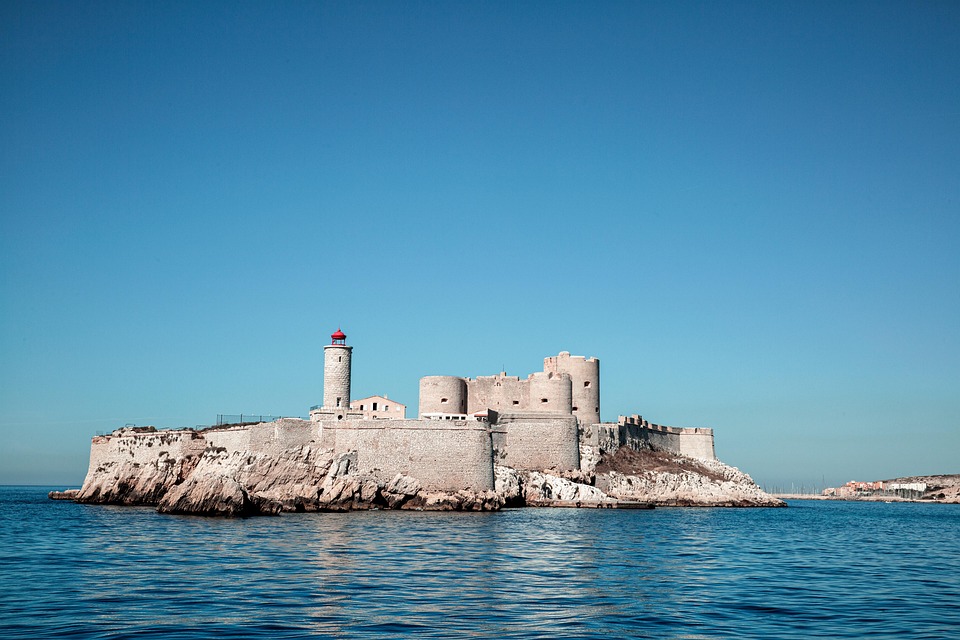Essential Conservator Resume Template: Crafting the Perfect CV for Your Career in Conservation
In the realm of conservation, where passion meets meticulous detail, your CV serves as a vital bridge between your aspirations and potential employers. A well-crafted resume doesn’t merely list qualifications; it tells a story—your story. Let’s delve into the essential elements that make a conservator’s CV not just good, but exceptional.
1. Personal Statement: Your Professional Narrative
Begin with a compelling personal statement that encapsulates your ethos as a conservator. This should be a succinct paragraph that reflects your dedication to preserving cultural heritage, your specific areas of expertise, and your career aspirations. For instance, rather than stating, "I have experience in textile conservation," consider a more engaging approach: "Driven by a profound respect for cultural narratives, I specialise in textile conservation, merging traditional techniques with contemporary practices to breathe new life into historical fabrics."
2. Skills Section: Highlighting Your Arsenal
A robust skills section is a cornerstone of your CV. Here, you should list both technical and soft skills relevant to conservation. Consider categorising them for clarity:
-
Technical Skills:
- Advanced knowledge of conservation techniques
- Proficiency in using analytical equipment
- Familiarity with digital preservation technologies
-
Soft Skills:
- Attention to detail
- Strong communication abilities
- Team collaboration and leadership
This approach not only showcases your qualifications but also allows hiring managers to quickly identify how you fit their needs.
3. Professional Experience: Showcasing Your Journey
When detailing your professional experience, opt for a results-oriented narrative. Utilise bullet points to draw attention to your achievements rather than simply listing duties. For example, instead of saying, "Responsible for the conservation of artefacts," try "Successfully conserved over 200 artefacts, reducing deterioration rates by 30% through innovative preservation methodologies." This not only highlights your capabilities but also illustrates the tangible impact you’ve made.
4. Education and Certifications: Building Your Foundation
Your educational background and any relevant certifications are crucial. List your degrees, institutions, and graduation years. If you have obtained certifications from recognised conservation bodies, ensure these are prominently displayed. It’s also beneficial to include any ongoing training or workshops, as the field of conservation is ever-evolving and demonstrates your commitment to professional development.
5. Additional Sections: The Personal Touch
Consider including sections that allow your personality to shine through. This could involve:
- Volunteer Work: Highlight any volunteer positions that demonstrate your commitment to conservation beyond paid roles.
- Publications and Conferences: If you’ve written articles or presented at conferences, this can set you apart from other candidates.
- Languages: In our globalised world, proficiency in multiple languages can be an asset, especially in international conservation projects.
Crafting a Lasting Impression
In crafting your conservator CV, remember that the aim is to create a document that resonates with potential employers, showcasing not just what you’ve done, but who you are as a conservation professional. Each section of your CV should work harmoniously to tell a cohesive story of your journey, passion, and expertise.
By employing these strategies, you can create a CV that stands out in an increasingly competitive field. For those seeking inspiration and guidance, CVPortal continues to provide a wealth of high-quality resume references, ensuring that you have the tools necessary to craft a compelling narrative for your career in conservation.


